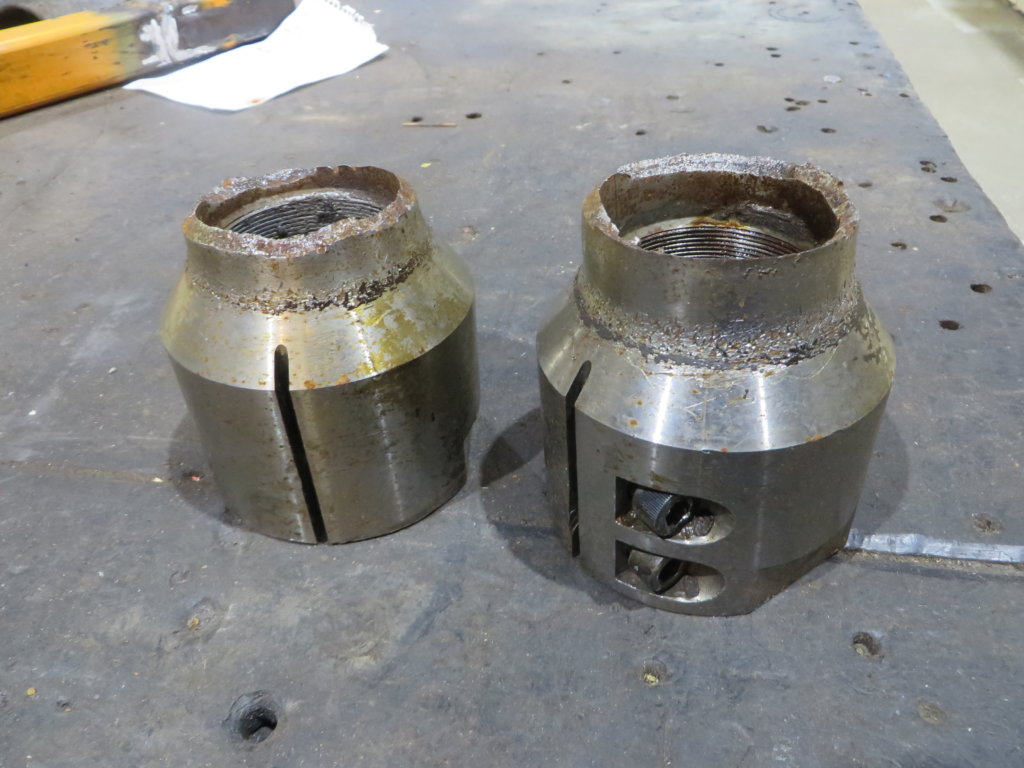Part III of our Root Cause Analysis series “Common RCFA Mistakes”
Techniques for root cause analysis include avoiding common mistakes. In Parts I and II of this series , we covered the problem statement and common mistakes when writing a problem statement. In Part III, we’re going to talk about saving parts and organizing information.
Creating a culture of saving parts in your organization can be very beneficial. There are 168 hours in a week, you’re there for 40 hours (maybe 60 on a bad week). Even with all of that time on site, chances are that you won’t be there when something breaks. Because of this, saving parts and making sure they are bagged and tagged correctly is very important.
Techniques for root cause analysis #1 – Have a dedicated area to store broken pieces
In our experience, it can work very well to create a specified area where broken pieces are stored. It could be a separate room with shelves. It could be just an area in the plant, anywhere it works. Of course, your team will need to be trained on how to bag and tag.

Let’s say you have a broken shaft or fractured surfaces. Your team needs to be trained to recognize that trying to fit them together will just destroy the fracture surfaces. Instead, the fracture surfaces should be preserved as well as possible, maybe using some light oil.
Techniques for root cause analysis #2 – Taking photos
Teach your team to take photos. You will know what it looks like right when they found the part or the broken equipment. Once we bag and tag, we just put them in that area for investigation. Does it make sense now that it is best to save broken parts? As you know, if you’re performing root cause, it’s almost impossible to perform a root cause correctly if you don’t have the broken equipment or parts.
Another thing is to create a system for organizing and identifying the parts. This could be as simple as numbering 1, 2, 3, 4, 5 attached to your root cause, or having a log sheet to identify parts, and another that tracks their correct location. It can be that simple.




